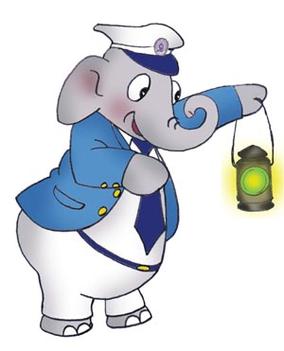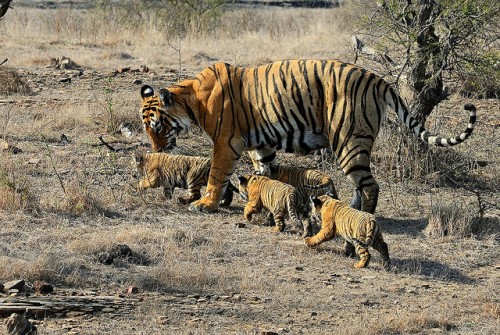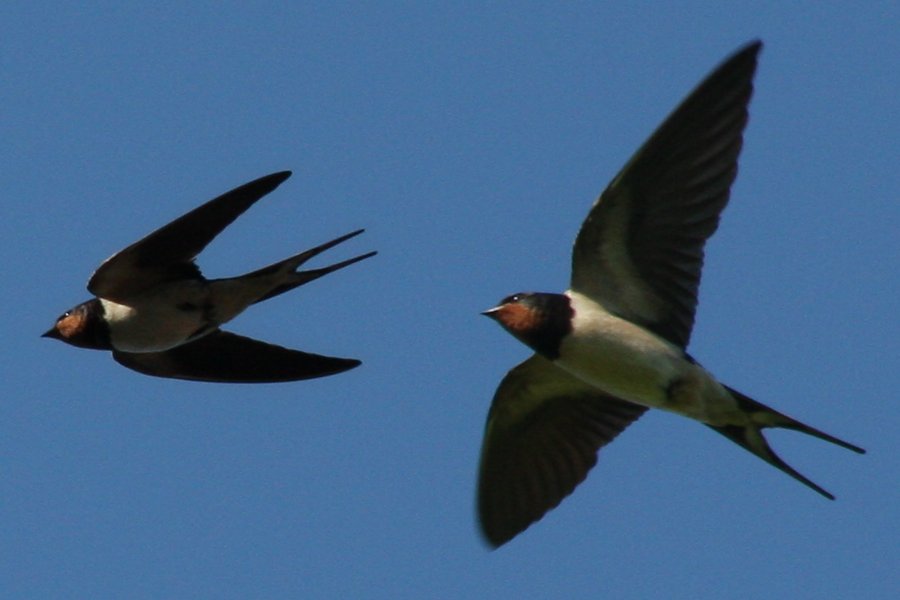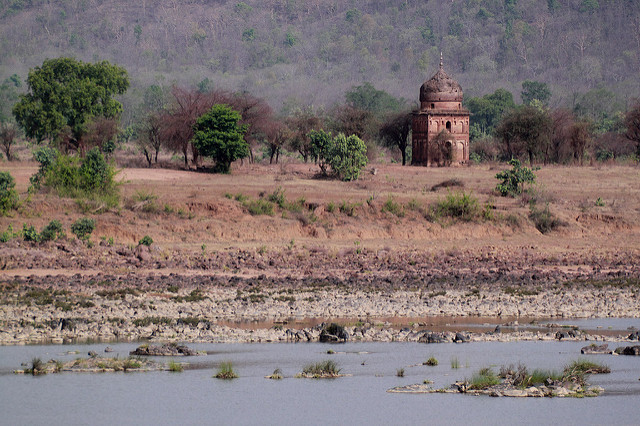“Rishikesh: Tusker dies after hit by a train” “Environment Minister seeks report on elephant deaths in Bengal” “Elephant run over by a train in Coimbatore” “Elephant mows down 3 elephants in Assam”
These are some of the news headlines that appeared in newspapers all through the year this year. Elephants, India’s national heritage animals are being run over by trains in many states around the nation when quite ironically, the Indian Railways mascot Bholu – the elephant guard waves the red and green flags for the trains.

A Family Shattered
Elephants are social animals with a matriarchal system. This means the female is the head of the family and the oldest, wisest is usually the leader of the herd. The herd consists of related females mostly – mothers, sisters, daughter, grandmothers and the young calves both male and female. In the elephant family it is not just the mother, but the complete herd that takes the role of the care giver to the young. When a calf is born, after 22 months of pregnancy, the entire family takes the responsibility to raise the calf.

Elephants also love to move around. The entire herd follows the female leader and relies on her strong memory to find fresh food and water. During dry seasons this movement can be for hundreds of kilometres.
Read More: Railways Asked To Slow Down To Stop Elephant Deaths In Kerala
The tragedy of being mauled over by a train occurs primarily because of these two factors –
1. Train tracks laid down over elephant corridors (the path that the herd uses to move in the forest in search of food and water)
2. Speeding trains not stopping in time for the herd to cross over.
The result is a family with an orphaned calf whose chances of survival diminish drastically without his or her mother around to feed or a bereaved mother grieving for her dead child. (Yes, elephants do grieve and show a range of emotions. Read more here.)
In 2016, 16 elephants have dies due to train hits. According to Dipankar Ghosedirector, species and landscapes division, WWF-India writing for the Hindustan Times, 150 elephants have been killed by trains between 1987 and 2010. Most of the deaths were reported from Assam (36%) followed by West Bengal (26%), Uttarakhand (14%), Jharkhand (10%), Tamil Nadu (6%) and less than 5% each in Uttar Pradesh, Kerala and Odisha.
When 20 jumbo deaths were reported in 2010 the elephant task force advised the state forest departments to work with the Indian railways department and come up with a plan that helped reduce such train hits. Unfortunately, 6 years later, the situation doesn’t seem to have changed for elephants.

Join Forces to Protect
The recommendations given by environment experts to avoid such tragedies from happening are not hard to follow. They include,
1. Limiting the speed of the trains to 40 km/hour at the vulnerable patches or known elephant corridors.
2. Reducing traffic of trains running at night to avoid collisions.
3. Joint patrolling of forest department and railway department staff.
4. Awareness programmes for the railway staff, especially drivers running the trains in the elephant states.
5. Developing a protocol and a technologythat warns engine drivers of the oncoming elephant herd crossing a railway track.
Read More: Crowd Makes Way For Elephant To Rescue Her Calf
Tragedy In The North East
The 2 female elephants that died in the 3rd December accident in Assam were both pregnant. And just days after this tragedy, after the railway officially instructed drivers to run trains at a speed of 30 km/hr, another elephant was killed in the wee hours of the morning and 3 others in a separate incident all in Assam.

According to the WTI publication, Right of Passage-Elephant Corridors of India, 41 per cent of elephant corridors are in Northeast India and 25 per cent of the elephant corridors in Assam have railway lines passing through them. There are 27 known elephant corridors in the North East that have railway tracks.
While the past cannot be undone, let the new year bring new ideas that are implemented to protect India’s national heritage animal and provides safe passage to the species that is responsible for regeneration and maintenance of entire forests.






One thought on “Tracking The Jumbo Tragedy On The Tracks”